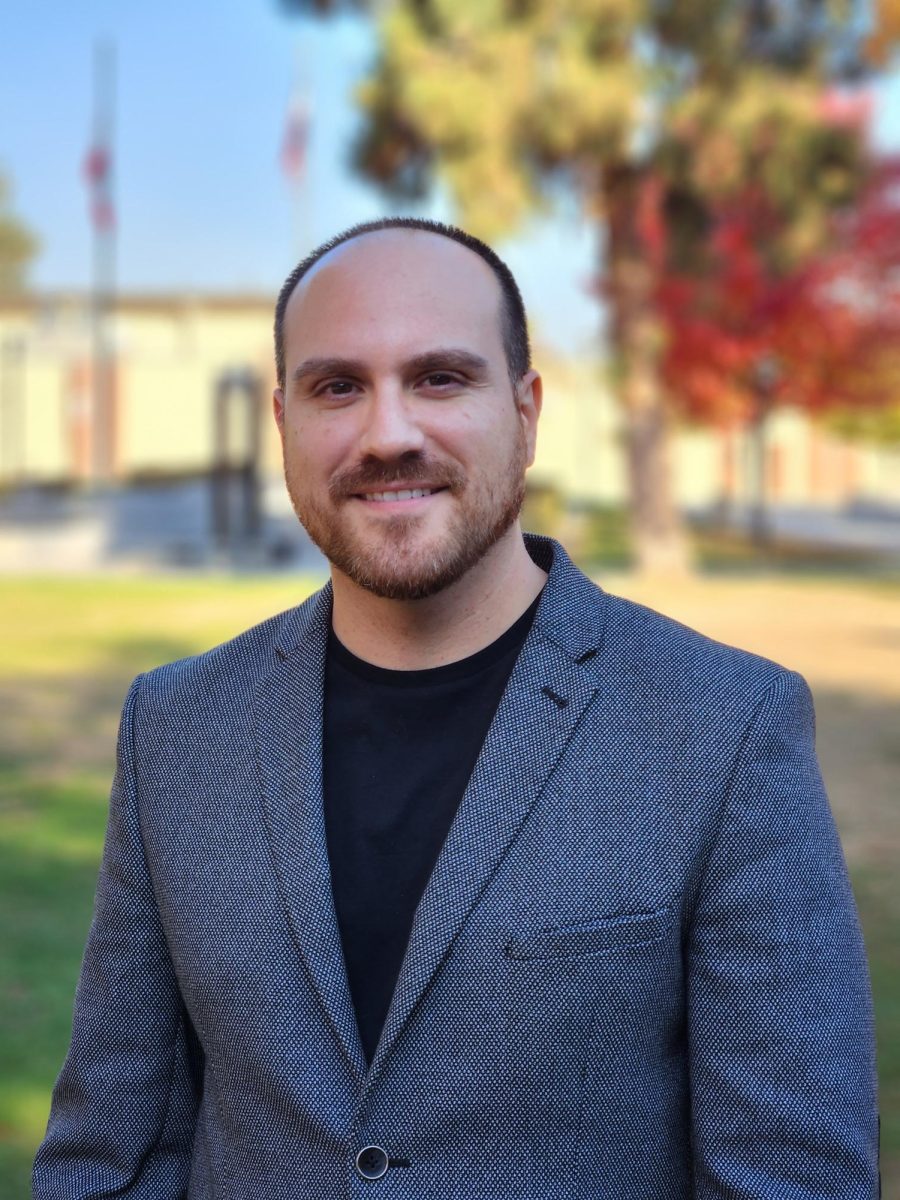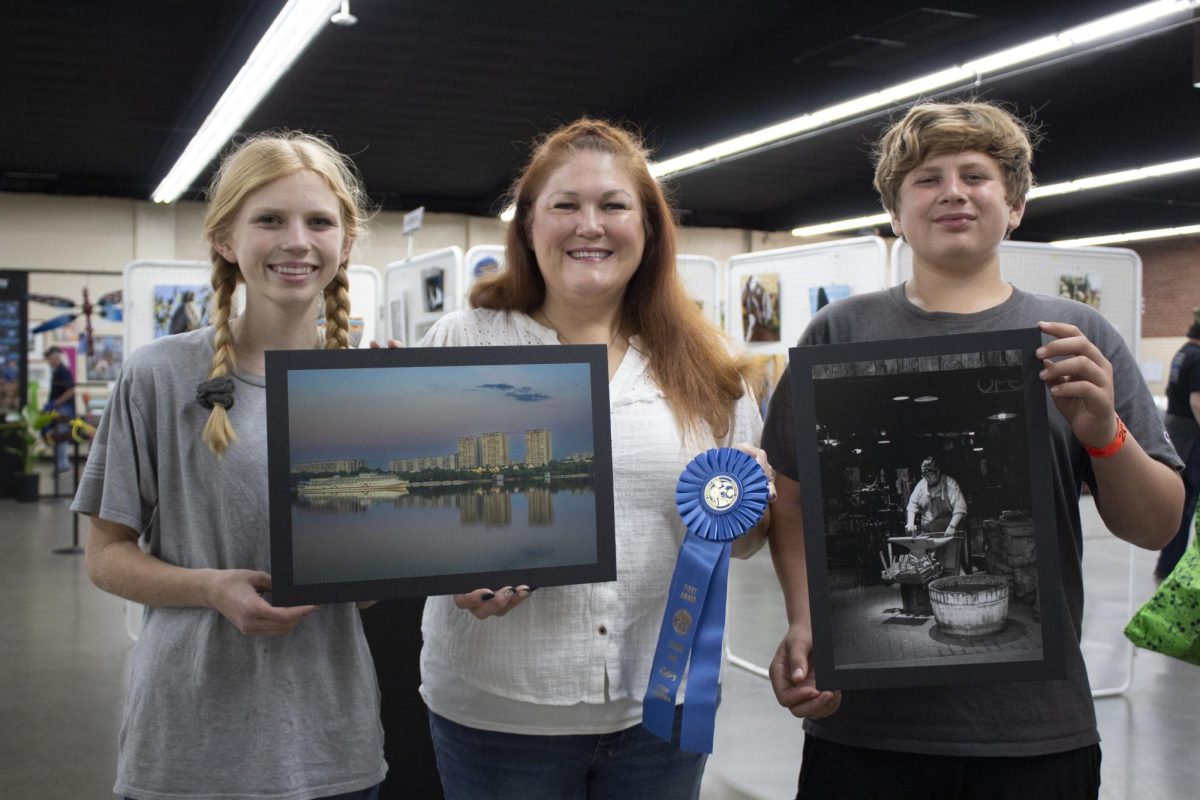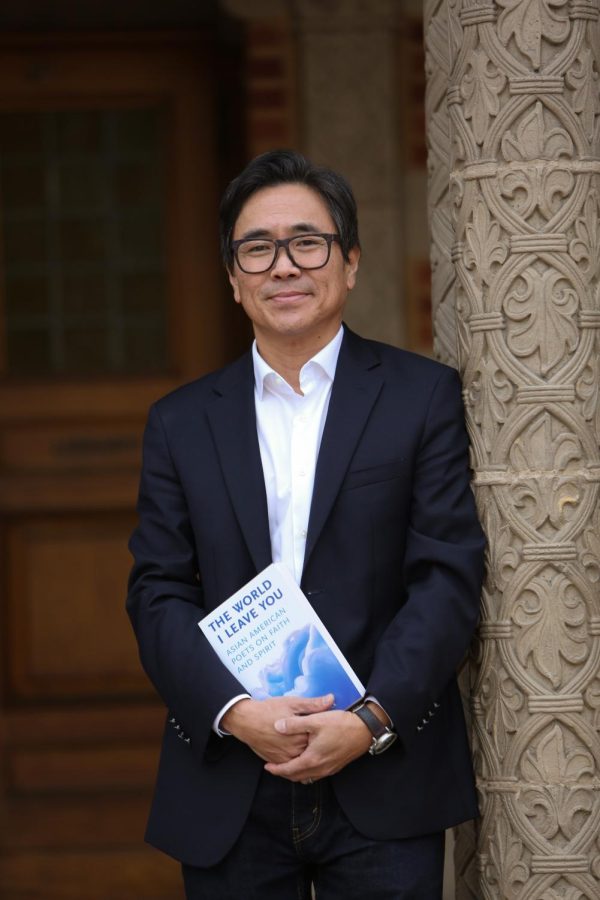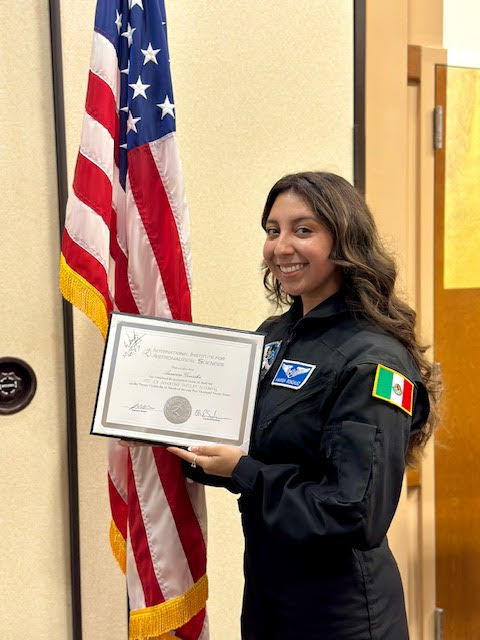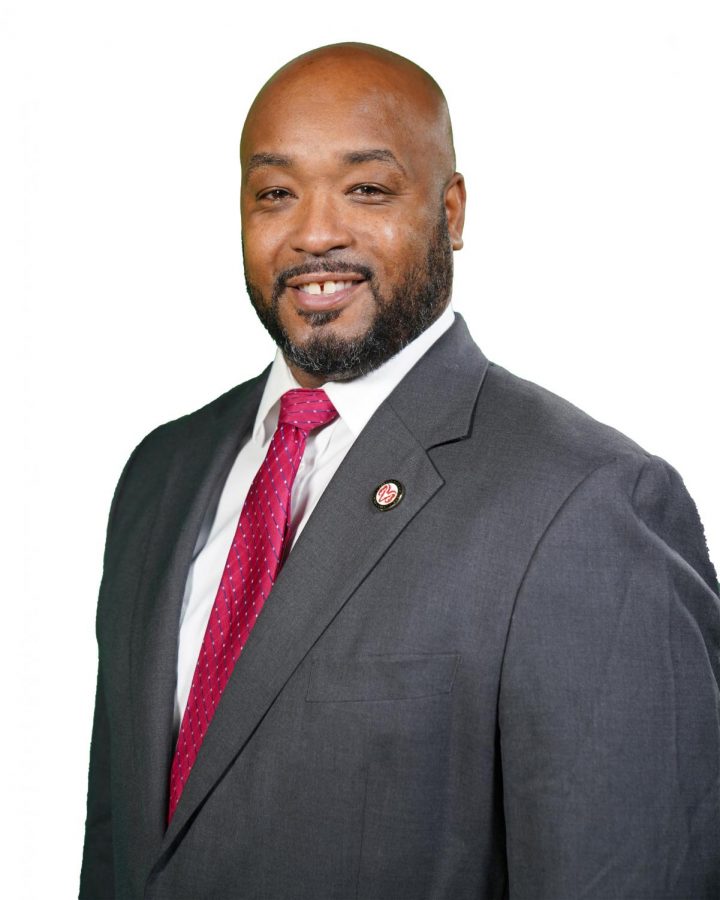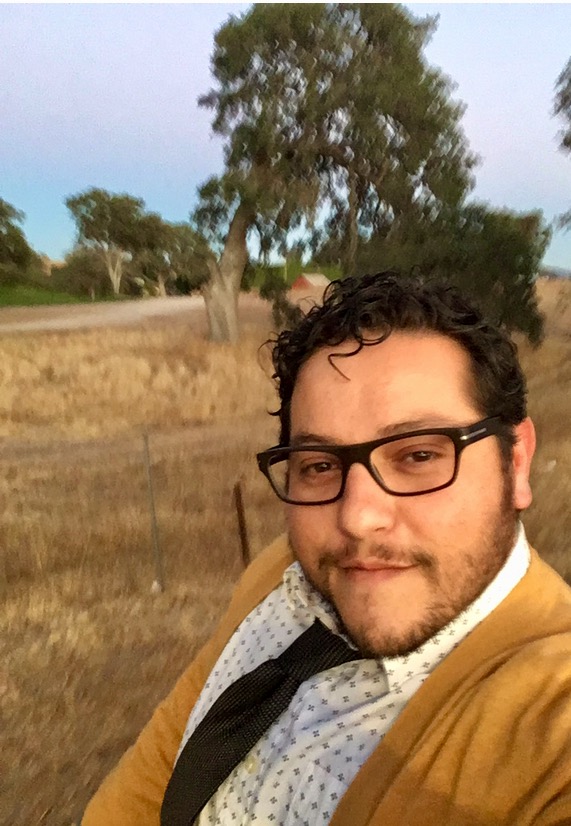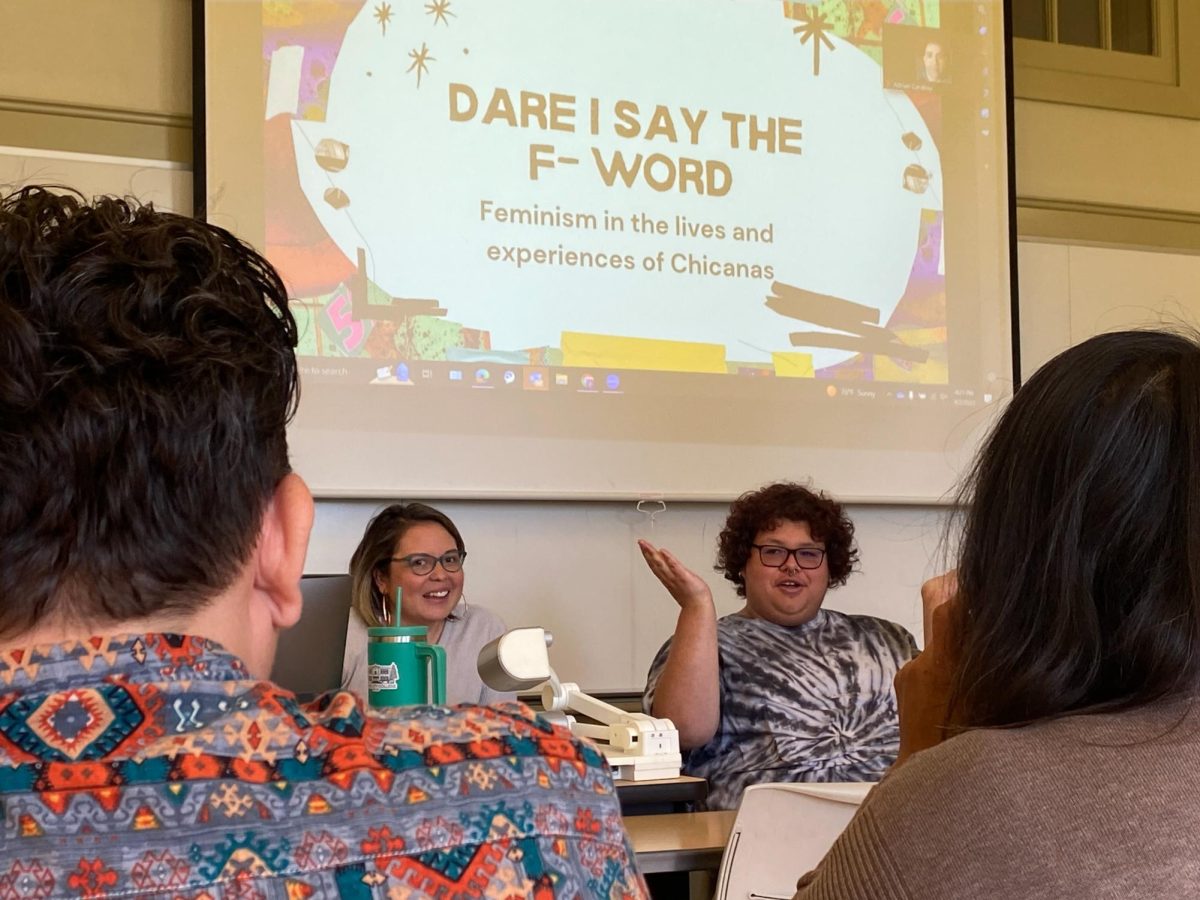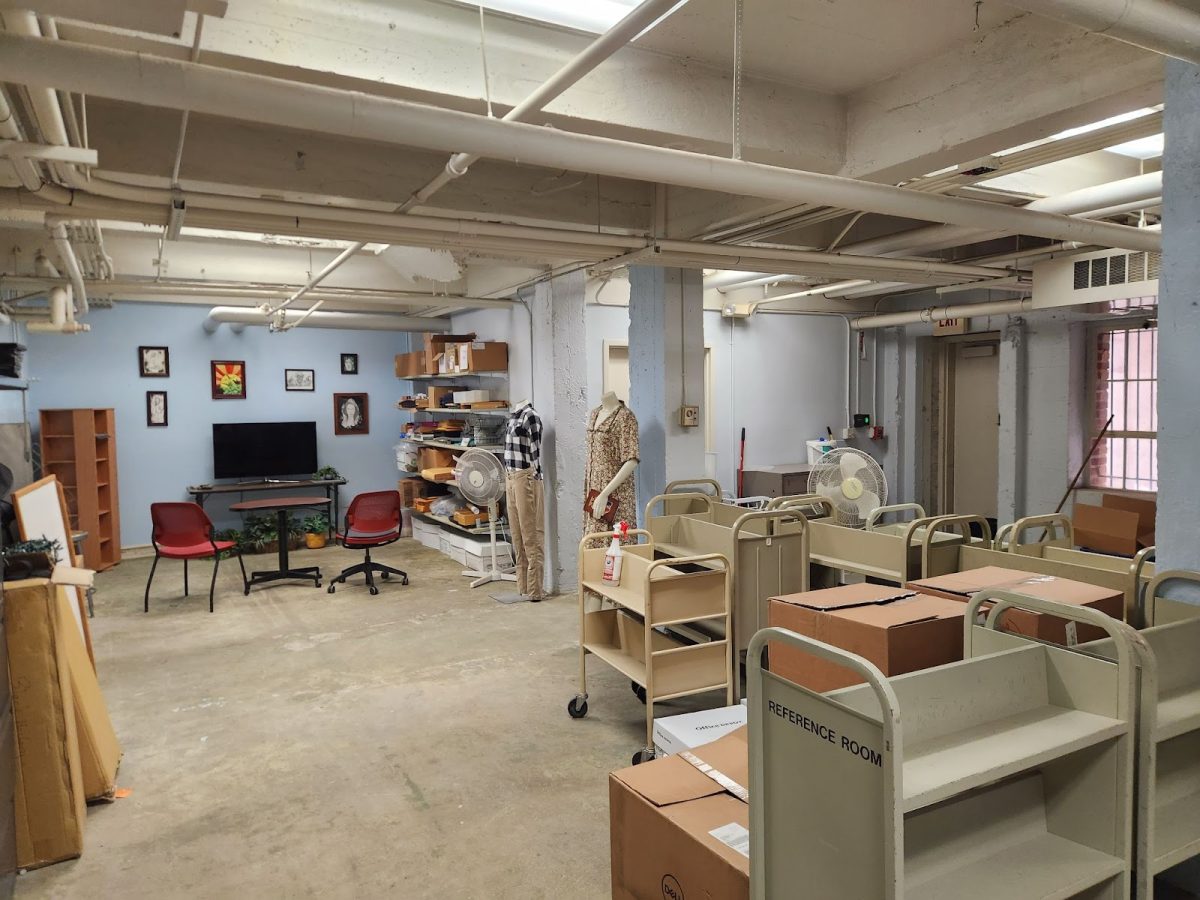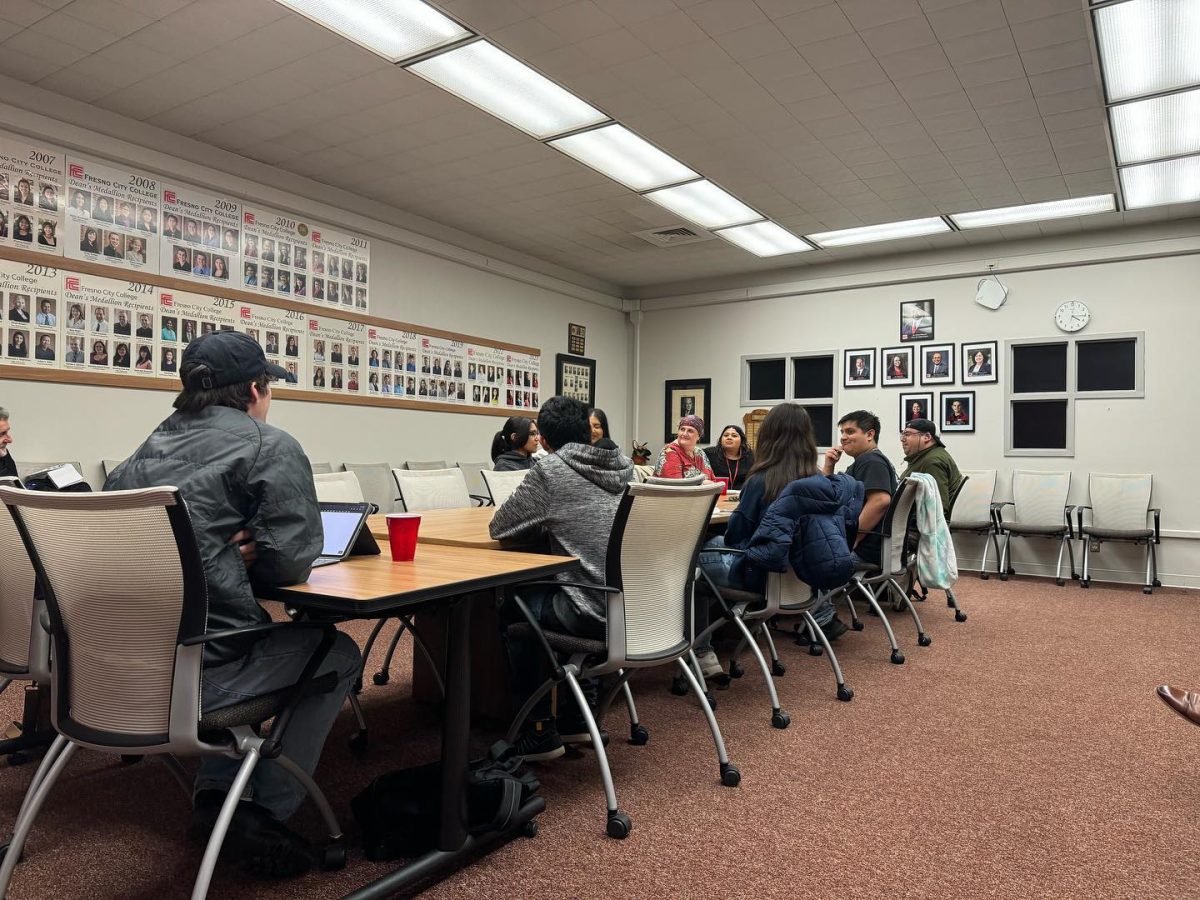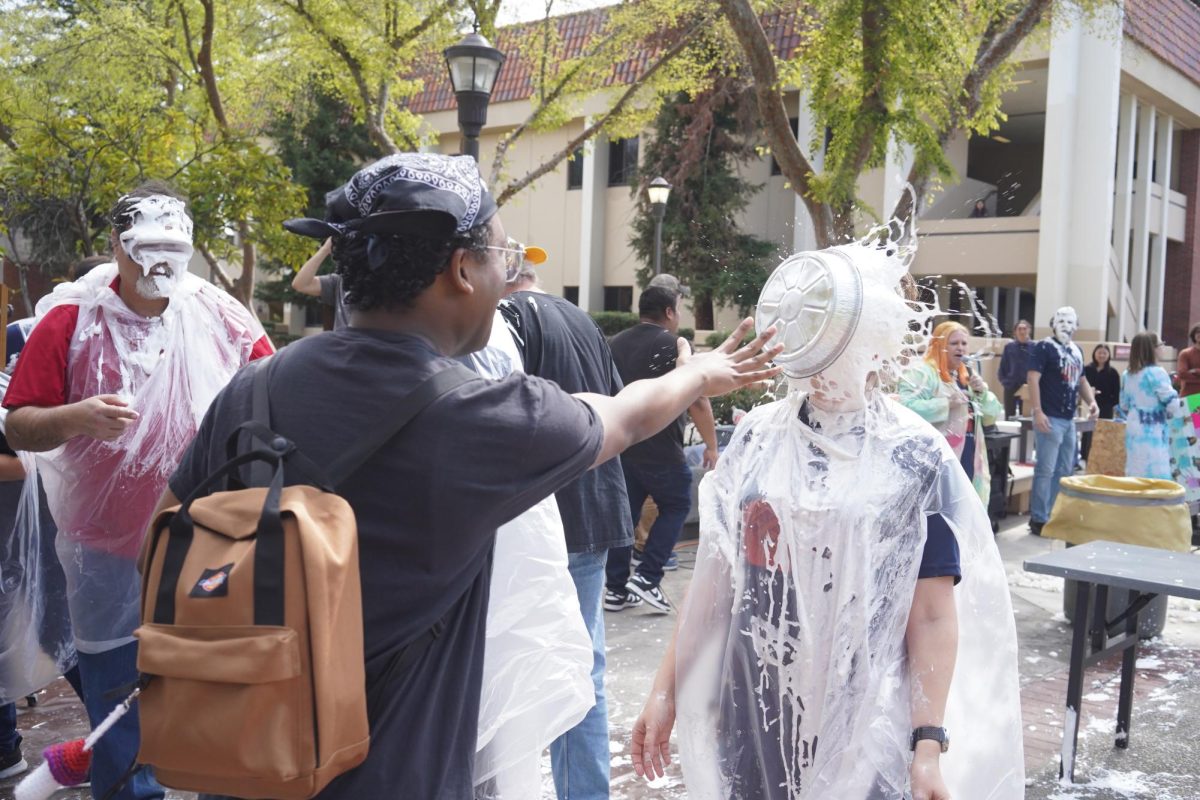One year ago, Muna Ibrahim was a registered student at a cosmetology school in Fresno. She was half-way in an 18-month program to become a masseuse. She loved the school, her colleagues and everything she was learning. Mostly, she loved the opportunities that completing the program would create for her.
That was until one day when Ms. Ibrahim was assigned a client who needed a deep-tissue massage. She would never forget the encounter and the impact it made on her.
“I don’t want your kind of people to touch me,” Ibrahim said the middle-aged female customer hissed at her. “Can I have someone else?”
Muna Ibrahim said she believes that the only reason her customer treated her with such contempt is because she wears a Hijab, a head covering, traditionally worn by Muslim women. In recent years, the various forms of coverings, including head gears worn by Muslim women have been at the center of many disputes and controversies in several countries in the Western world. Increasingly, the hijab is becoming both a symbol of Islamic consciousness and a cause for discrimination against Muslim women in the Post Sept. 11 world.
Anisa Bint Yussuf Hagi-Mohamed, a student at Fresno City College said, “I started to wear the Hijab in middle school because I felt I was ready to start covering as a young mature woman properly according to Islam.” Amina Omar, a journalism student, said she has been wearing the hijab since she turned 19 in March 2008. “One day, it just hit me, and I knew that I wanted to wear it. I was worried that some people would look at me like I was some kind of weirdo. But, I got over that,” she said. “I love wearing it. My Hijab is part of who I am.” Now, Omar’s hijab is a personal and cultural statement. “It is about who I am and how I choose to represent who I am,” Omar said, adding that she has learned to live with others’ scrutiny, curiosity and sometimes disgust. She said, “I will never take it off.”
Hagi-Mohamed said, “The hijab has made me a really strong person with a lot of confidence. It kept me away from the ever-changing trends and fashions. It kept me away from trying to reach this unrealistic concept of beauty in this society and taught me to just love and respect myself and my body. I truly believe that you must respect yourself before anybody can respect you.”
The Situation
Twelve percent of students attending Fresno City College are estimated to have Muslim background or ties. Student Heba Musleh spoke about how she came to be a part of the college. Her grandparents had emigrated to the U.S. from Saudi Arabia, settling in Fresno, Ca. Her family had come for a better life, for more opportunities in education and for a wide range of career options. They had also come for freedom from oppression. According to the 2000 U.S. Census, California also has the largest Muslim community population in the United States, an estimated 3.4 percent of the population, mostly residing in Southern California. They come from various social demographics and contribute to American society as entrepreneurs, engineers, industrialists, physicians, scientists, and teachers.
Throughout history, Judaism, Christianity and Islam all associated the concept of covering the head with propriety. All traditional depictions of the Virgin Mary, for instance, show her veiled. Veiling was a common practice with church going women until the 1960’s, and a number of very traditional churches still retain the custom. Until around 1175, Angelo Saxon and Anglo Norman women, with the exception of young unmarried ladies, wore veils that entirely covered their hair and their necks up to their chins. For many years, women wore veils for a variety of different circumstances; some for pragmatic reasons, while others wore veils for a cultural tradition.
FCC student, Breanna Tamayo, said, “Muslim women’s dress shouldn’t be viewed as something negative; it is part of their religion and should be positive because they are conservative about their bodies.”
Cultural Misunderstanding
“Women shouldn’t have to hide their faces or bodies,” said Hans Humrick, an FCC sophomore. “It [the face] is a form of feminine beauty that shouldn’t be hidden.” Marcelena Cervantez, a Mexican American who converted from Catholicism to Islam disagrees, saying that hostility towards women wearing the hijab results from failure to understand the culture or the rationale behind it. Others see the hijab as a form of oppression, of men’s imposition on helpless women. FCC student Ashley Lee said her impression of Muslim women is of, “a suppressed self expression.” But is it?
What is your own impression of a woman in a full length dress and covering her hair? What assumptions immediately surface? Do you think she is foreign? oppressed? perhaps traditional? pious? conservative?
The impression that Muslim women are oppressed is far from the truth, according to statements made by several women interviewed for this article. All the women insisted that their manner of dressing is their choice, not an imposition from another person, family or organization.
Amina Omar described her decision to wear the hijab as a result of a long process of discovering herself. Hagi-Mohamed agrees, adding, “I wasn’t pressured to wear it by anyone, nor was I forced to. My mother did encourage me to start observing hijab which is more than just a headscarf, but a modest covering of the whole body but the face and hands.”
Marcelena Cervantez said it was entirely her choice to wear the hijab. She grew up in a family of Roman Catholics and had no pressure to dress conservatively. No one in her family had known any Muslims or been in a mosque. A friend of hers exposed her to the teachings of the prophet Mohammed, and she has never looked back. “I started to wear the hijab before I even converted to Islam,” Cervantez said. She said wearing the hijab has transformed her life, and her mother and siblings are very pleased with the changes. “Seeing my dedication, fasting and praying has led my mother to question her commitment to her own religion. She says, ‘I don’t know what I am. I go to church on Sunday, and that’s all, but for you [Marcelena], there is no confusion about who you are,'” she said.
Haji-Mohamed added, “The hijab was like a stepping stone to bigger and better things. Once I started wearing the hijab, I really became more interested in my religion. It truly changed my life, brought me closer to my Rabb (Creator) my religion, and my way of life: Islam.”
The History & Tradition
Muslims differ as to how “hijab dress” should be enforced, particularly in the context of a woman’s right to free expression. According to information available on various websites, hijab is an Arabic word literally meaning curtain or cover. Most Islamic legal systems define this type of modest dressing as covering everything except the face and hands in public. Islamic scholarship gives hijab the wider meaning of modesty, privacy, and morality.
According to the Encyclopedia of Islam and the Muslim World, the word of hijab has evolved. The Qur’an does not describe hijab or veil as an article of clothing for women or men; rather it refers to a curtain that divides or provides privacy.
The Qur’an instructed the male believers (Muslims) to talk to wives of Muhammad behind a hijab or a curtain and as such was the responsibility of the men and not the women’s. However, in later Muslim societies, this instruction, specific to the wives of Muhammad, bec
ame generalized, leading to the separation of the Muslim men and women.
For today’s Muslim women, the dress is optional as is the decision to wear any coverings. Some women choose to wear just the head scarf while others choose to not take part in the traditional dress. All types of Muslim dress are optional; it is all a matter of personal choice, though according to the muslim tradition, some type of covering should be worn by all Muslim women. It is a form of respect and women who do not wear a covering can be looked down on as well and disrespected by people in their culture.
Puberty is the typical time for Muslim girls to start wearing coverings. Some girls choose to wait until they have accepted the new tradition while others immediately accept the new type of dress.
Amina Omar’s journey started at puberty, at 9 years old when her mother told her she had to start dressing modestly. “At that age, it didn’t bother me. I was in private school and was surrounded by others who dressed the same way,” she said. Her first major crisis came when she transferred to a public school where she became very visible. “No one else was dressed that way,” she recalled. “All I wanted then was to be like everyone else.”
Her mother listened and Omar retreated into anonymity until she started college and began to see other Muslim women on campus. She then realized the necessity to take a stand about who she was.
Anisa Bint Yussuf Hagi-Mohamed acknowledged that early on, she felt awkward about dressing differently. “Sometimes I feel like a stranger or an outcast because no one else looks like me. I felt this feeling especially in middle school when the whole school wore uniform (blue, black, white and other solid colors) and I observed Hijab.”
In Muna Ibrahim’s situation, she started to wear the head scarf in middle school. “My parents gave me the choice to decide whether I wanted to take part in the cultural dress,” she said, adding that she never felt embarrassed about wearing the head scarf although “there were times when people would stare at me or give me dirty looks, but after years of wearing the scarf, I have learned to ignore those small encounters.”
Ibrahim explained she perceives the meaning of the coverings as a quest for modesty. She said that when she was a young girl, her parents had used the analogy of wearing a beautiful diamond necklace to explain modesty. “You wouldn’t want to flash it to everyone; you try and be conservative about it, and only show the people you can trust,” they explained.
This example, Ibrahim said, applies equally to covering one’s body. In the Muslim culture, she explained, the female body is represented as something precious and can only be shown to family members and the women’s husbands. Ibrahim’s parents explained that dressing modestly allows her to make friends with people “who know you for who you are, rather than by the way you look.” She learned early to recognize who her true friends are and the important people she can trust.
“Women in Hijab are like pearls in their shells. Someone said once everything that is valuable or precious is tucked away safe from eyes that have no right to look at them. I feel like this with Hijab,” Hagi-Mohamed said. “I feel like I’m a pearl that is covered from other’s eyes. I don’t think anyone has the right to look at my body and judge me for the way I look instead of who I really am. What does it matter if my hair, arms and legs are not showing? Does that determine who I am?”
Ibrahim explained that the hijab culture is based on a principle of female modesty, sometimes influenced by the time, place, and social class of the woman. Some options include hijab — or modest, loose clothing and a scarf over the head and under the chin — and burqa or burka, a more complete covering of the head, face and body.
There are variations of the head covering and body dresses. Head scarves cover the entire head, wrapped in a circular direction, keeping the entire face shown. Face veils are similar to head scarves; however they cover the entire face, keeping only the eyes visible. The body dress is an entire outfit covering all aspects of the body, keeping arms, and legs hidden in the clothing.
There is much confusion and dispute among Muslim women about the status of the niqab (face veil) in Islamic law. There are some Muslims who reject it vigorously but they agree with the headscarf. There are other Muslims who accept it while feeling that it is an extra thing and a recommended act but not obligatory. There are also Muslims who assert that it is the required form of modest dress for women. “The burqa is overdoing it,” said Amina Omar.
“The Hijab is timeless,” said Hagi-Mohamed. “Fashion trends, styles and societal ‘norms’ change with every passing year. People in the 50’s did not dress the same as people today and people 50 years from now will not dress like the people of today. However, the hijab will never change. Whether you are a Muslim woman in China or in Africa, hijab is the same.”
Is the Veil a Sign of Oppression of Women?
“If you look back in history, you will find that millions of Muslim women observed the hijab not because they were forced to but because they made that choice themselves,” said Anisa Bint Yussuf Hagi-Mohamed, adding that those who say the hijab is a symbol of subjugation should go to any Muslim woman and ask them directly why they wear it “instead of turning to media outlets and others who claim to be experts on Islam.”
She suggested that those who continue to view the hijab as a sign of subjugation and oppression should look at historical facts that show that women in the Islamic world had more freedom than women from other cultures. “Muslim women had the rights of property, businesses, opinion and voice, centuries before other women had. Muslim women were scholars, rulers and leaders in every field, and they continue to excel in many areas,” Hagi-Mohamed said.
She maintains that wearing the hijab is her choice and not coerced, “It is a sign that we are obeying Allah (God). It’s a symbol of our submission to His Will and not to the society’s.” Amina Omar said she is proud to represent her religion and that despite stereotypes, she and other Muslim women are as assertive as everyone else. “Women are the same, no matter where you go,” she said. She further explained that the covering is a symbol of a woman’s coming of age in Islam. It is a spiritual growth manifested in a piece of garment.
Ibrahim explained that her type of dress has never hidden her personality or her way of self expression. “I still incorporate designer labels in my wardrobe and stay in style with the latest fashion trends,” she said, adding that her watches and jewelry are trendy but, “I also felt that dressing in my cultural style was a way to add personality.” She said, “I enjoy being different and expressing my faith to others.”
“Muslim women are definitely not subjugated by the way they chose to cover. I’m not subjugated. I wear Hijab and am proud of this fact. I chose to cover myself. This was never forced upon me,” said Hagi-Mohamed. “It [hijab] is not a sign of my subjugation. It is a sign of my liberation.


